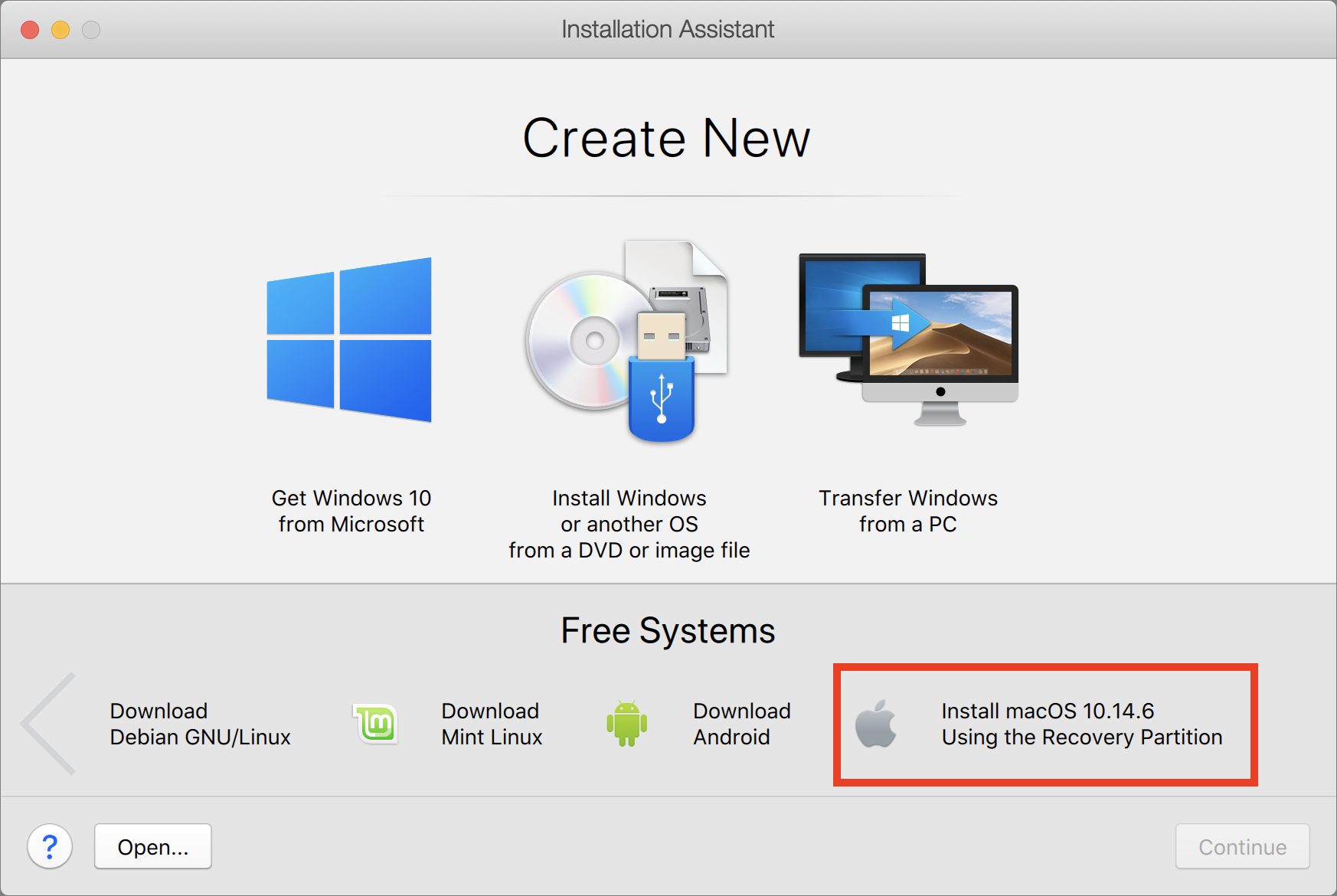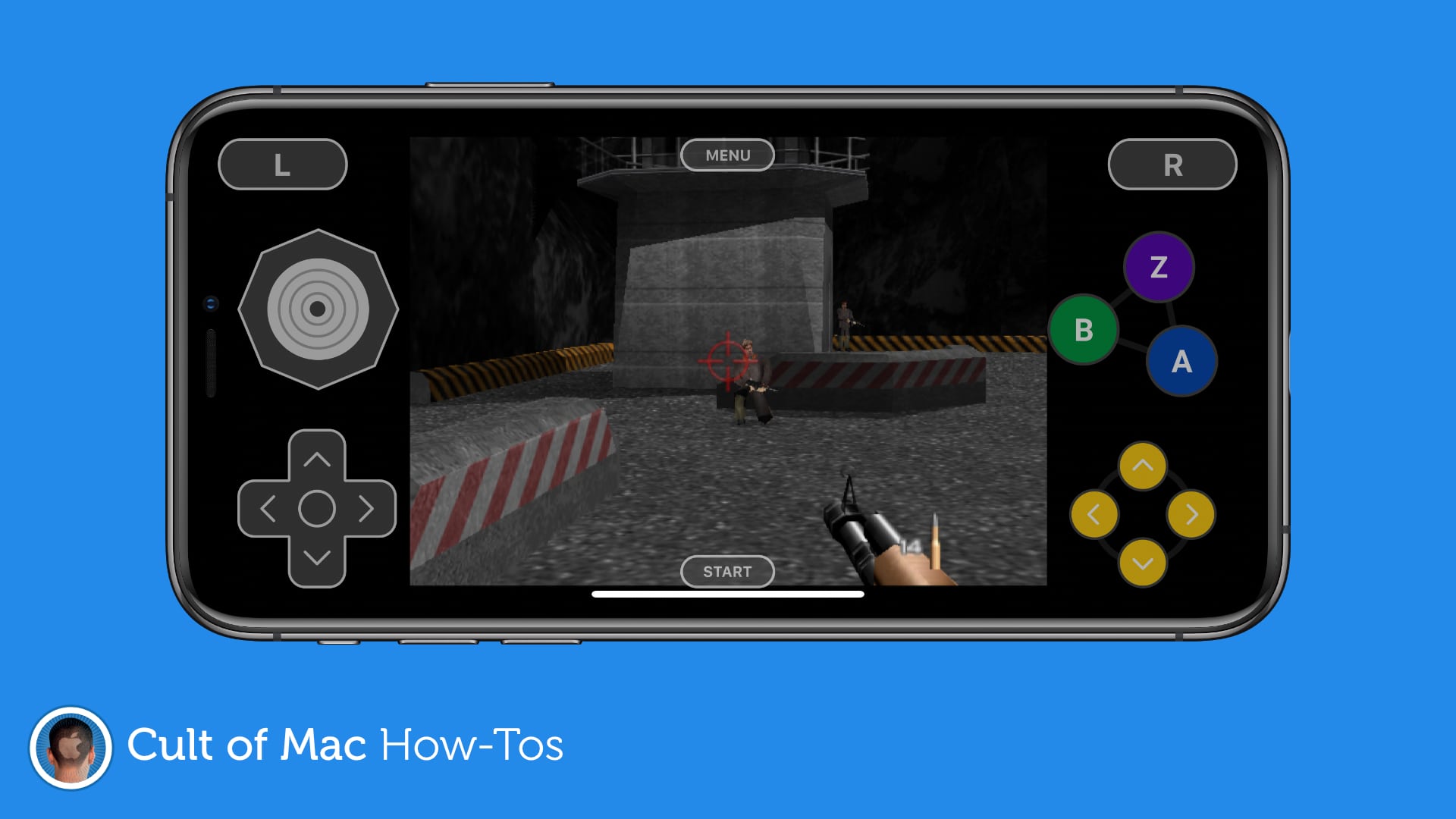

Digital Trauma.Dec 13, 2018Jan 13, 2021May 17, 2021Mar 17, 2021If your host's (your computer) architecture matches the guest's (QEMU) architecture and is running Mac OS 10.10 or higher, then you could speed up execution to near native speed using this option: -accel hvf Installing QEMU using a package manager. For example: qemu-system-x86_64 -m 2G -hda ubuntu.20.qcow2 -accel hvf. Recent qemu version have support for the macos hypervisor framework, use accel=hvf for that. kvm is the linux hypervisor implementation, that isn't going to work. While this isn’t quite as performant as paid solutions (like Parallels), it works ‘fast enough’ and is completely. The problem is that QEMU isn’t optimized for M1 Macs, and virtualization is very slow… unless it uses MacOS’ Hypervisor.Framework. So, in order to have a working Windows environment, you have to do it all in a virtual machine. M1 Macs don’t have support for Bootcamp.
N64 EMULATOR FOR MAC OS HIGH SIERRA MAC OS X
I don't know what it does and cannot stop it either.May 06, 2019As we all know, Mac OS X 10.0 can only be installed and runs on a Power PC-Based Computer such as the Power Mac G4, however, to run it as a Virt. I saw this process called qemu-system-aarch64 that takes up to 3GB of RAM.

You should be comfortable compiling software from …Apr 21, 2018Launch QEMU with Ubuntu ISO attached. These instructions work for MacOS High Sierra as the host OS, although with some tweaking they may run under Linux/Windows.

N64 EMULATOR FOR MAC OS HIGH SIERRA HOW TO
Here is a short guide on how to build QEMU to run Mac OS 9 with working audio. cd /home/$(whoami)/OSXGUEST qemu-img create -f qcow2 mac_hdd.img 30G As of Yosemite (OS X 10.10), on kernels older than 4.7, we need to tell KVM to ignore unhandled MSR accesses (During boot, Yosemite attempts to read from MSR 0x199, which is related to CPU frequency scaling, and is clearly not applicable to a VM guest):QEMU Mac OS 9 Instructions.


 0 kommentar(er)
0 kommentar(er)
